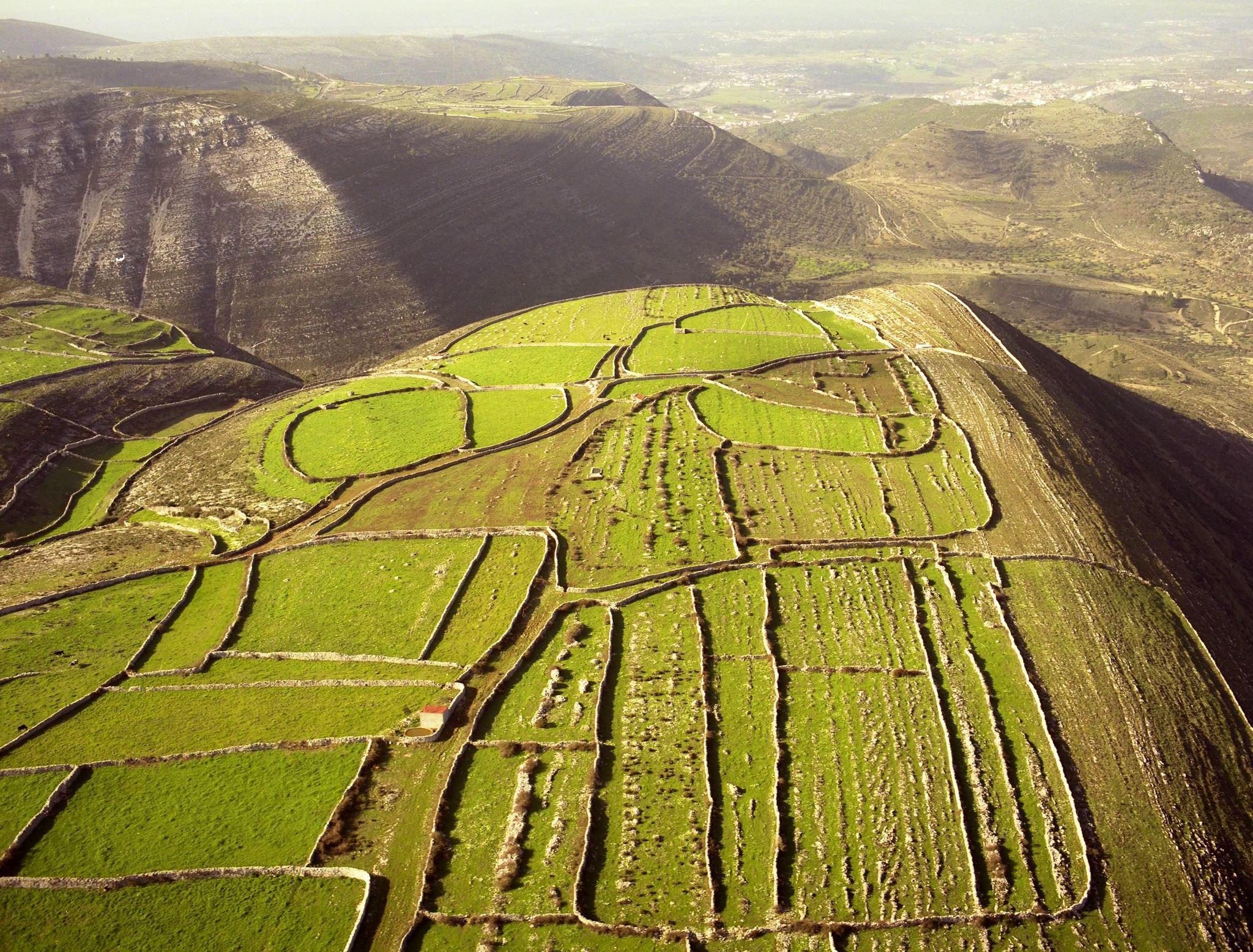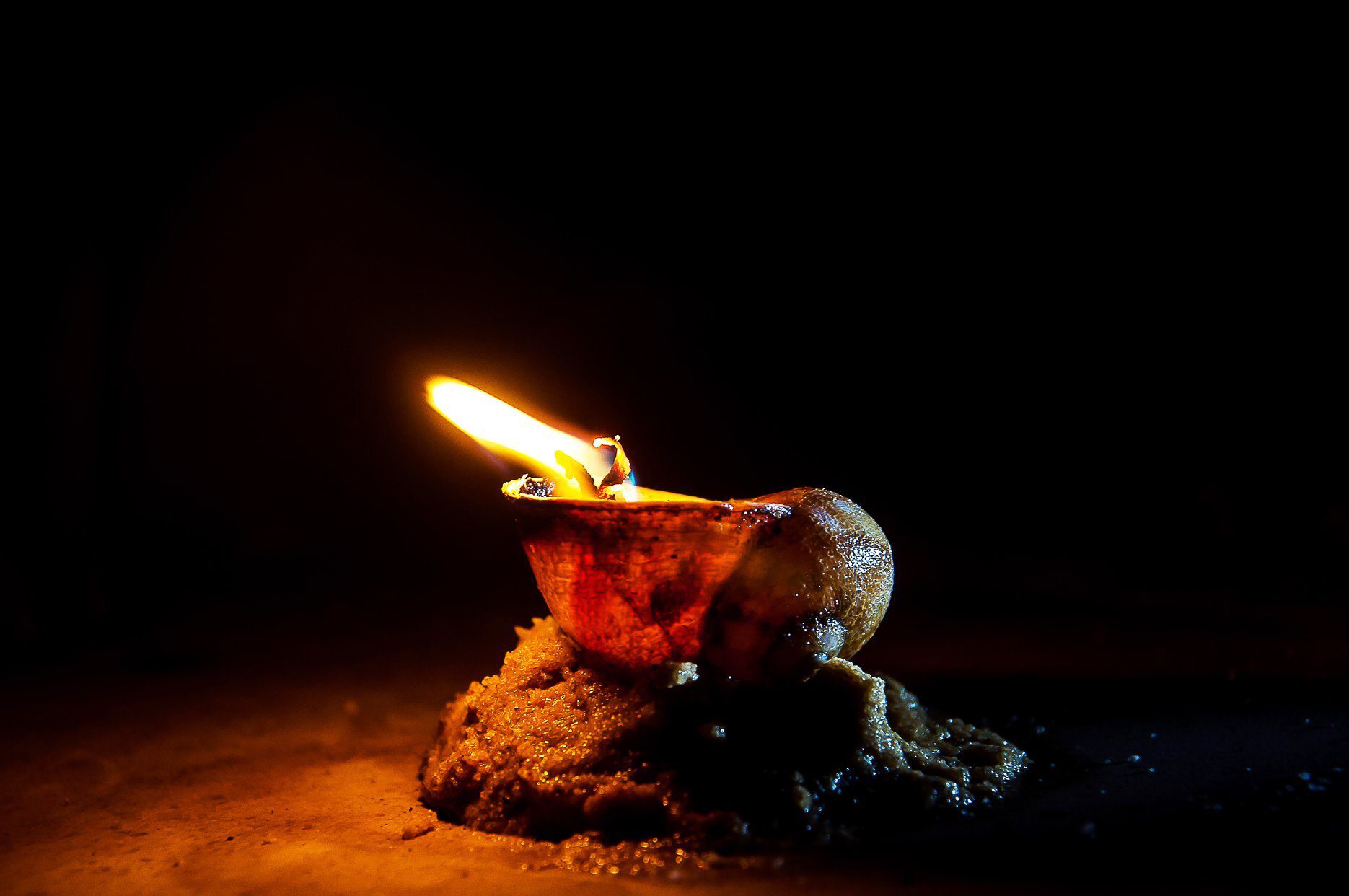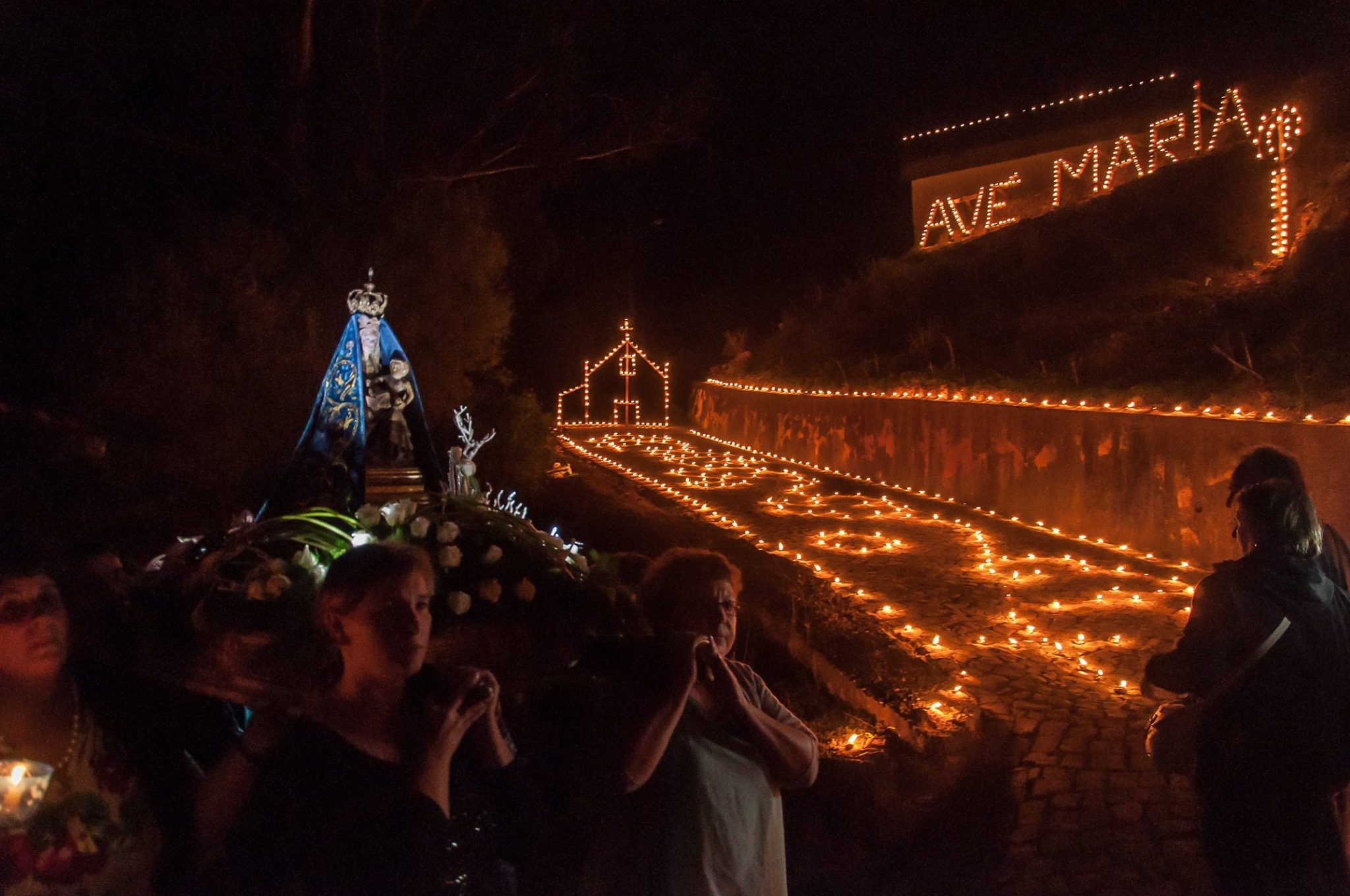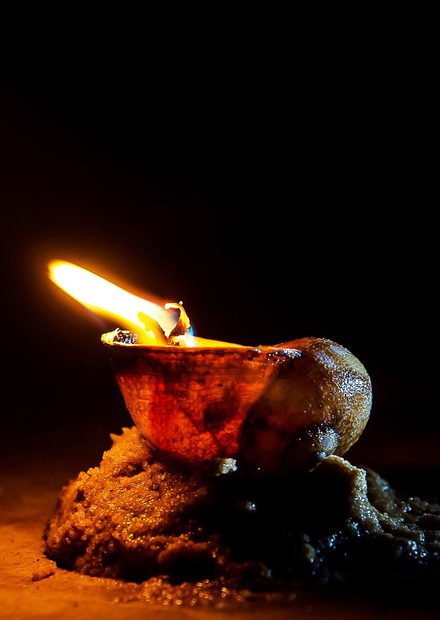Haven Nature Hotel & Villas

Among its highlights are a Spa Circuit with panoramic views, an outdoor swimming pool, a massage parlour, a gym, a room for meetings and events and a range of outdoor experiences - from nature trails to bike rides. It will soon also have an outdoor meditation platform and a Pump Track. The hotel also has specific facilities for bikers, such as a washing station and bike storage boxes.
With a deep commitment to environmental sustainability and positive social impact, Haven Nature Hotel & Villas adopts ecological practices and favours integration with the local community.
Ideal for romantic breaks, family holidays, corporate events or wellness and personal development retreats, Haven offers a welcoming, sensory experience that is fully aligned with the values of a conscious tourism.
Autumn, Winter and Spring Experiences
Natural Park of Serra de Aire e Candeeiros
Estremadura Limestone Massif
The Estremadura Limestone Massif features some of the most developed karstic formations within the country's limestone regions. This is due to the thick, pure limestone of the Dogger period that outcrops in large areas across the massif. During periods of tectonic stability, flat levels were established on the surface, alongside the development of underground gallery networks. The Natural Park of Serra de Aire e Candeeiros, covering 38,392.91 hectares, encompasses a significant part of the Estremadura Limestone Massif.
Geographically, the Estremadura Limestone Massif is divided into three elevated regions: the Serra dos Candeeiros, the Santo António Plateau, and the São Mamede Plateau and Serra de Aire. These regions are separated by major tectonic faults, such as the Rio Maior - Porto de Mós and Porto de Mós – Moitas Venda faults, along which depressions like Mendiga, Alvados, and Minde formed.
Important geological sites near the massif include:
- The Galinha Quarry in the northeastern part of Serra de Aire, known for dinosaur footprints, the oldest known ichnofossils of sauropods.
- Near Reguengo do Fetal, several quarries reveal beach-barrier facies, with features like planar oblique bedding and erosion deposits.
- East of Reguengo do Fetal, a fault mirror with striations from the extensional movement that caused the elevation of Dogger limestone and the subsidence of Malm limestone is visible.
Mira-Minde Polje
The Mira-Minde Polje is the largest polje in the region, measuring about 4 km in length and 1.8 km in width. It is a flat-bottomed depression, typical of limestone areas, where temporary springs and streams disappear underground, separating the Serra de Santo António from the Serra d’Aire. Certainly, one the most impressive geological icons of Estremadura Limestone Massif.
Its landscape changes with the seasons:
- Winter: The polje fills with water, forming a large temporary lake up to 8 meters deep. It provides habitat for aquatic birds such as mallards, moorhens, and coots.
- Summer: The water evaporates, revealing olive groves and attracting other bird species, including stonechats, meadow pipits, and short-toed snake eagles.
This seasonal transformation makes the Mira-Minde Polje a unique natural monument with rich biodiversity.
Reguengo do Fetal and its unique traditions
A parish and community in the municipality of Batalha, covering approximately 28 km2, located west of the foothills of the Serra de Aire - a short distance from Batalha, Leiria and Fátima, and with about 2.169 inhabitants.
Famous for its climbing walls
With more than 100 catalogued routes with varying degrees of difficulty and altitude differences ranging from 70 to 500 meters, it is also in this community that the memory of the ancient miracle of the apparition of the Virgin Mary to a shepherdess is evoked annually.
The festival in honor of Our Lady of Fetal
This iconic festival takes place on the first Sunday of October and is preceded by nighttime processions illuminated by small lights from snail shells, truly unique in Portugal.
Reports from the 1960s and 1970s in the Jornal do Reguengo already noted the visual spectacle created by the procession: "Indeed, today, this resplendent spectacle of light attracts many outsiders to Reguengo, who are amazed and immediately vow to return the following year." There are thousands upon thousands of shells devoid of their mollusks, arranged according to each person's feelings, imagination, and devotion, which can be admired on these two unique nights, experienced each year in our land”. (Neves, Jornal do Reguengo, 1971).
Hermitage of Our Lady of Fetal
Located on a small hill and built in 1585 on top of a primitive chapel, of which no trace remains. At the end of the 17th century, it was covered with tiles from the Juncal Ceramics Factory: blue and white pattern on the walls of the nave, single figure in blue, yellow on white, on the walls of the chancel.
The side altarpieces, made of gilded wood, originate from the Leiria Cathedral and were installed here in 1794. From 1905, the tile panel by Roque Gameiro depicts the miracle of Our Lady of Fetal. It’s in this Hermitage that the image of Our Lady of Fetal - probably dating from the 15th century, is located. The Feast of Senhora do Fetal is celebrated on the first Sunday of October.
And it is from here that the image will depart on the evening of September 27th, descending approximately 800 meters to the Parish Church of Our Lady of Remedies, in the main square of Reguengo do Fetal.
Gastronomic delicacies
Cavacas do Reguengo
Are made with flour, olive oil, eggs, salt, and lemon.
Although few people make them today, Cavacas do Reguengo, wrapped in parchment paper and placed on reeds, and placed on the processional platforms of the Nossa Senhora do Fetal on the first Sunday of October.
Bolos de Perna
Shaped like a horseshoe and scented with lemon zest, cinnamon and fennel.
Like the Cavacas do Reguengo, they also have a place of honor on the processional platforms of the Nossa Senhora do Fetal.
Characteristics
Amenities
2440-020 Batalha












